I wrote in my blog post titled ‘Jinn’ of the great loss to humanity from the destruction of important archaeological sites. Fortunately, we have ruins and other evidence in Utah of human culture dating from 8,000 BCE (earlier than most Middle Eastern artifacts). Some are estimated as FAR earlier. While there was no written language of these Paleolithic peoples to inform us, we have hundreds of stone panels with rock art that could be displayed in the great museums of the world.
According to Wikipedia, “Archaeological evidence dates the earliest habitation of Native Americans in Utah to about 10,000 to 12,000 years ago. Paleolithic people lived near the Great Basin’s swamps and marshes, which had an abundance of fish, birds, and small game animals. Big game, including Bison, Mammoths and Ground Sloths, also were attracted to these water sources. Over the centuries, the mega-fauna disappeared, while Bison, Mule deer and Pronghorn Antelope became more predominant.” To get to a lot of these Petroglyphs and Pictographs, you have to be a seasoned desert rat; otherwise you will die. I happen to qualify for this title, as do some of my friends that have hiked into these sites with me. I have personally seen a panel that has the portrait of a Colombian Mammoth chiseled into its surface in a foreboding place called the Maze (now a part of the Canyonlands National Park).
Probably the last trip I make into this region is taking place next month. It will be only my wife and I on this adventure, and I hope we make it back without incident, especially since I am 75 years old, and have COPD. Many of the local Native American tribes that live in Utah such as the Paiute, Navajo, Ute, and Shoshoni lay claim to the ruins of the ‘Anazazi’ or ‘Ancient Ones. The Hopi tribe of Arizona seem to be the direct ancestors of these people. Indeed, some rock art rightfully does belong to these tribes, but many panels predate them by thousands of years. These are the ones that interest me: the inhabitants that lived here right after the glaciers of the Ice Age melted away. They worshiped different gods from those of the Middle East, and the difficulty of creating these artworks with stone tools and plant-derived dyes suggests that miracles occurred in their daily lives that created profound impressions. Here are a few for the enjoyment and wonder of my readers:
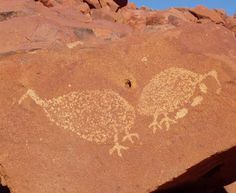
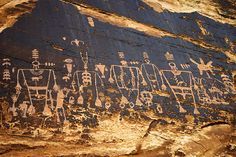
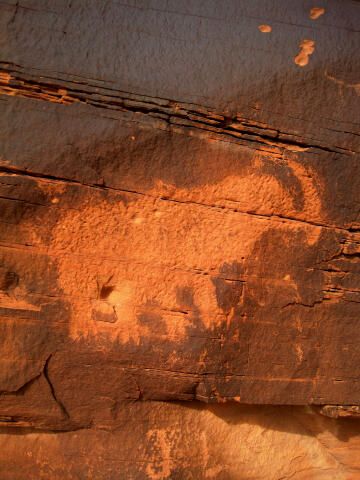
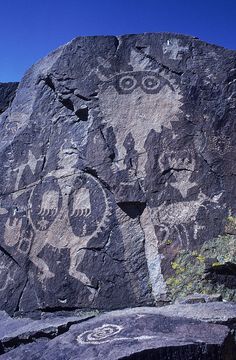
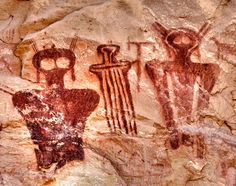
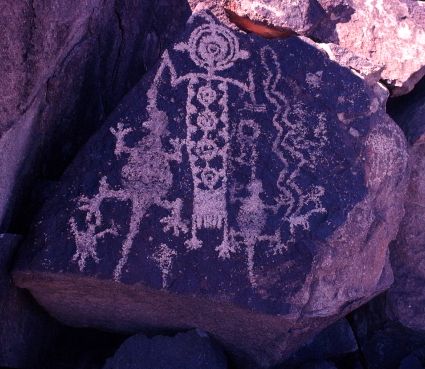
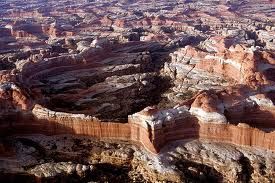
The Maze; know your stuff or die



 I hope the effort is expanded, and a major effort is made by Arabic countries in the region to shame them (the Jinn) into savaging only people and not the most important monuments and ruins of human civilization. Without our history to draw upon, our future becomes more obscure.
I hope the effort is expanded, and a major effort is made by Arabic countries in the region to shame them (the Jinn) into savaging only people and not the most important monuments and ruins of human civilization. Without our history to draw upon, our future becomes more obscure.
